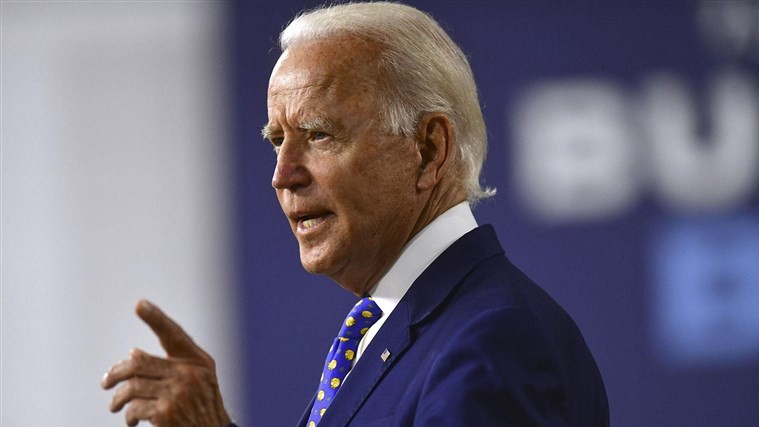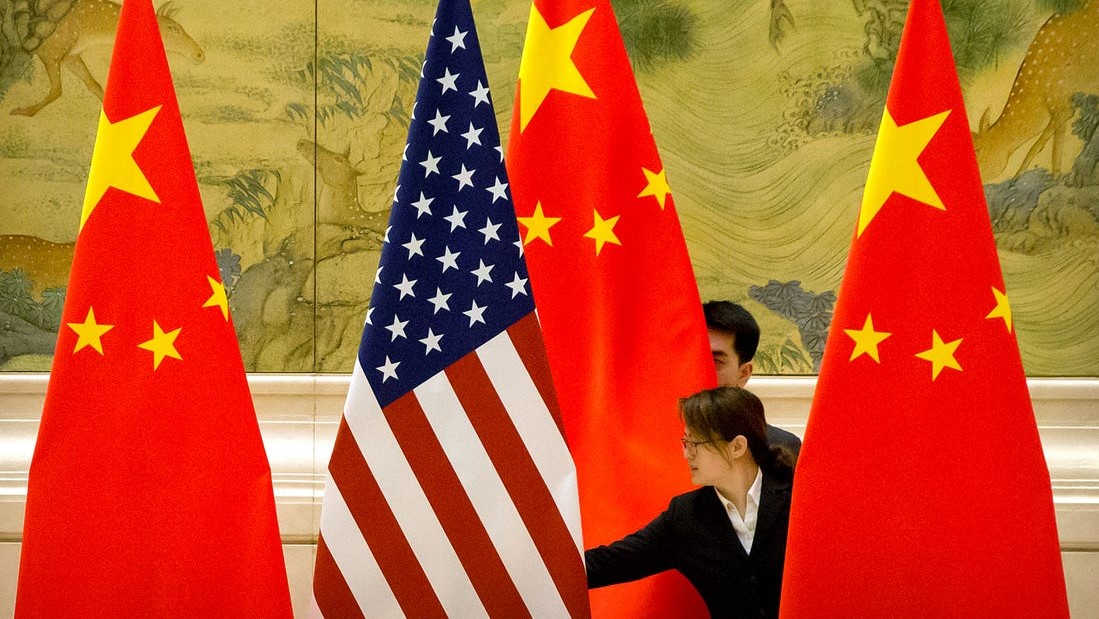Published 05 November 2020 | 3 minute read
Barring a stunning reversal through recount or legal challenge, it appears that Joe Biden will accumulate the 270 electoral votes needed to become President of the United States. Here are three key trade issues to watch closely under a Biden Presidency.
After one of the most contentious elections in US history – and barring a stunning reversal through recount or legal challenge - it appears that Joe Biden will accumulate the 270 electoral votes needed to become President of the United States. As the future direction of US trade policy starts to come into sharper focus, here are three key trade issues to watch closely.
A restoration of leadership and trust?
The most jarring departure from conventional trade norms effected by the Trump administration was its deliberate and active abdication of the traditional American leadership role in global trade.
The US was both the chief architect of the current system and the driving force propelling it forward since its inception seven decades ago. The abiding rationale for playing this role - which has endured across Republican and Democratic administrations from Truman to Obama - was both economic and geo-strategic: it would foster cooperative, rules-based partnerships amongst nations and generate global economic development built on trade and interdependence. The glue which held the system together was trust and a strong sense that a rules-based trade system was a mutually beneficial endeavor worthy of preservation.
President Trump sees things in fundamentally different terms. In his view, the underlying economic rationale is thoroughly unpersuasive. And amorphous concepts about the value of US global leadership are just excuses for foreigners to get a free ride on American coattails.
Under four years of the Trump administration, the WTO was by-passed, unilateral trade actions became commonplace, trade agreements were renegotiated under the threat of termination, and “free” trade gave way to negotiated purchase commitments.
To many in the rest of the world, it seemed that the US was intent on breaking all the norms and blowing up the very system it played a lead role in creating.
With a more conventional Biden administration now taking the reins, will these partner countries trust the US again and embrace American leadership? Keep an eye on the interplay between two contradictory dynamics which will largely shape how things unfold: On the one hand, there is a deep hunger across the shellshocked trade system for a return to greater normalcy and stability and therefore a certain receptivity to America returning to its traditional role. This will be counterbalanced, however, by the simple reality that the rest of the world has had no choice but to move on over the past four years. While it would be an exaggeration to talk about a post-American world, the system has in fact adjusted to the US no longer being at the head of the table. It is unclear if the toothpaste can – or should be - put back into the tube.
A smoother road with China?
In mid-January 2020, the road ahead for US-China trade relations seemed fairly clear. Both countries had just concluded a much heralded Phase One trade agreement, requiring China to make over $200 billion in purchases of US exports and both sides had committed to follow-on Phase Two negotiations which were intended to more meaningfully address the structural issues bedeviling the relationship. President Trump heaped praise on his “friend” Xi Jinping, and there was hope that the trade relationship could be put on a fundamentally sounder footing.
How quickly the world can change. A few short months later the coronavirus (or the “China virus” as President Trump refers to it) has caused economies and trade around the world to seize-up, China has fallen far short of its Phase One purchase commitments, plans for Phase two negotiations have been unceremoniously dropped, and the broader bilateral relationship is at a historic low point.
President-elect Biden will immediately face three questions: 1) what to do with the punitive tariffs put in place by his predecessor, 2) what to do with the Phase One agreement, and 3) how to move forward more broadly on trade with China?
Expect the tariffs and the Phase One deal to remain in place, at least initially. Given all the tough talk about China during the campaign, there is no political cover to abruptly ease-off on the tariffs – and even less substantive reason to do so, given the implementation shortcomings. Terminating the agreement however would unnecessarily antagonize the relationship, with little apparent gain. And assuming the Chinese economy continues its strong recovery, the pace of Chinese purchases should be ramping-up by the time Biden is sworn in – all the more reason to keep Phase One in place.
Over the longer term, Biden will essentially pursue the same list of grievances as his predecessor, but unlike Trump, will attempt to construct a united front in close coordination with the EU, Japan, Australia and other like-minded countries. Where and when possible, Biden would be more inclined to work through WTO channels. Ultimately, Biden’s approach could be more challenging for Beijing.
A return to the CPTPP?
On his first full day in the White House, Donald Trump pulled the US out of the (then) Trans-Pacific Partnership, a sprawling trade agreement including the US and 11 partner countries from Asia and the Americas. The TPP was a signature foreign policy achievement of the Obama-Biden Administration and the cornerstone of its so-called “pivot to Asia”.
After some initial disarray, the remaining 11 members of the accord found a common basis to move forward without the US, freezing some 22 provisions insisted upon by the US but which were problematic for other members, and adding provisions on certain so-called “progressive” issues. The re-christened Comprehensive and Progressive Agreement for Trans-Pacific Partnership (CPTPP) was signed by the 11 remaining members and took effect on December 30, 2018.
It is not a forgone conclusion, however, that the Biden Administration will bring the US back into the CPTPP. The political ground on trade in the US has shifted dramatically. Even Hillary Clinton indicated her intention to scrap TPP during the 2016 campaign, and in the four years since then, the politics of trade have only grown more complex. Although Biden will consider a US re-entry into the accord, nothing will happen soon. Major trade initiatives are simply not that high on his agenda. And in any case, it would require the existing 11 members to accommodate US concerns, especially on protections for US workers. There would be some appetite to do so, but it is not unlimited.
Where are things headed?
At least in style and tone, the Biden Administration will conduct a more traditional US trade policy. But do not underestimate the extent to which the United States has crossed the Rubicon on trade. There will be no return to the full-throttled embrace of free trade that we saw during the Clinton, Bush, and Obama Administrations. There is an increased recognition across the political spectrum in the US that previous free trade agreements worked out very well for multinational corporations and large financial institutions, but considerably less well for the American middle class. A more worker-centric approach will be the defining feature of US trade policy, and a reversion to the same leadership role in global trade is unlikely. Trade partners will welcome a more stable and predictable US, but after the experience of the Trump Administration will be more leery and perhaps less trusting. A gradual feeling out process between the US and the rest of the world is about to begin.
© The Hinrich Foundation. See our website Terms and conditions for our copyright and reprint policy. All statements of fact and the views, conclusions and recommendations expressed in this publication are the sole responsibility of the author(s).






